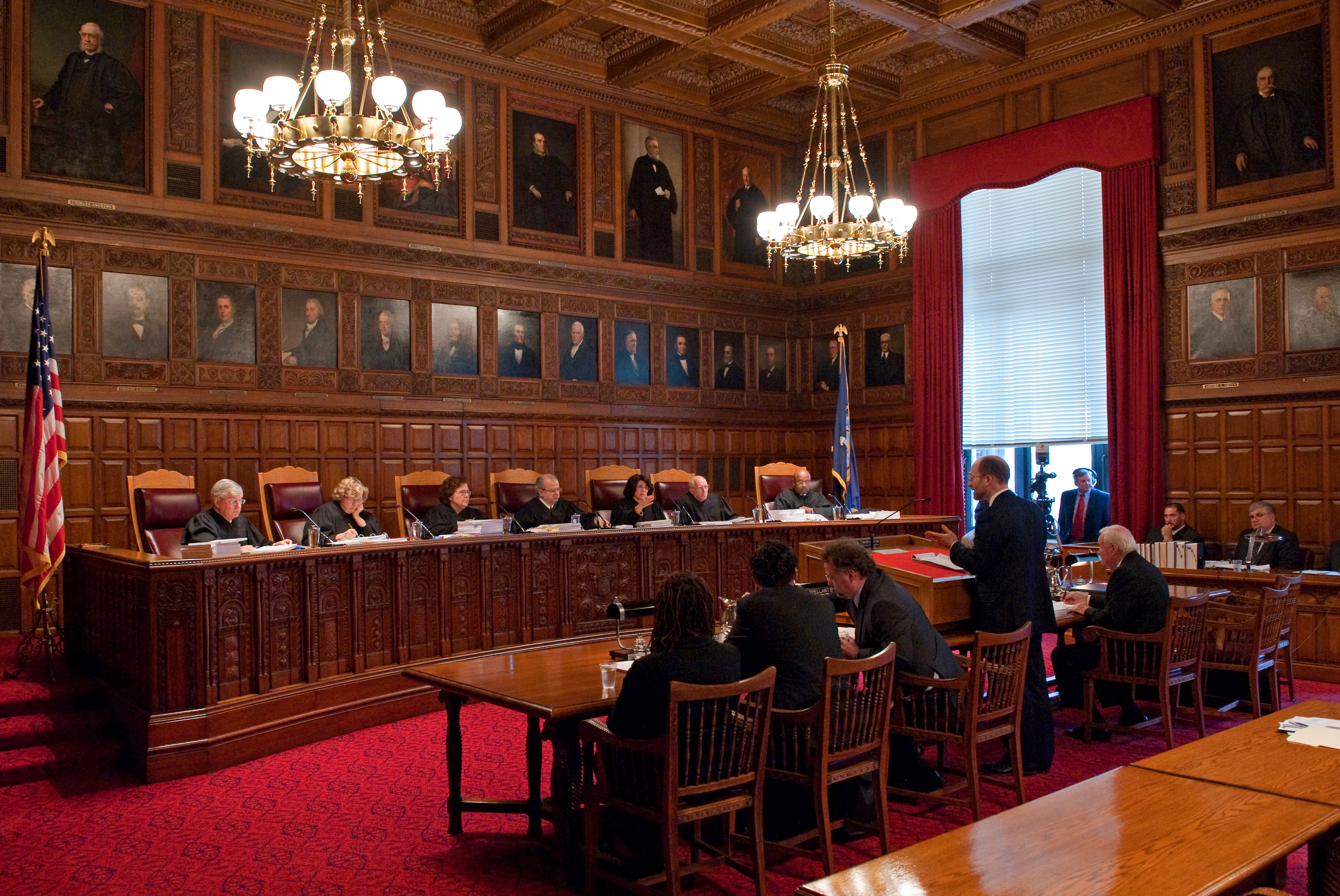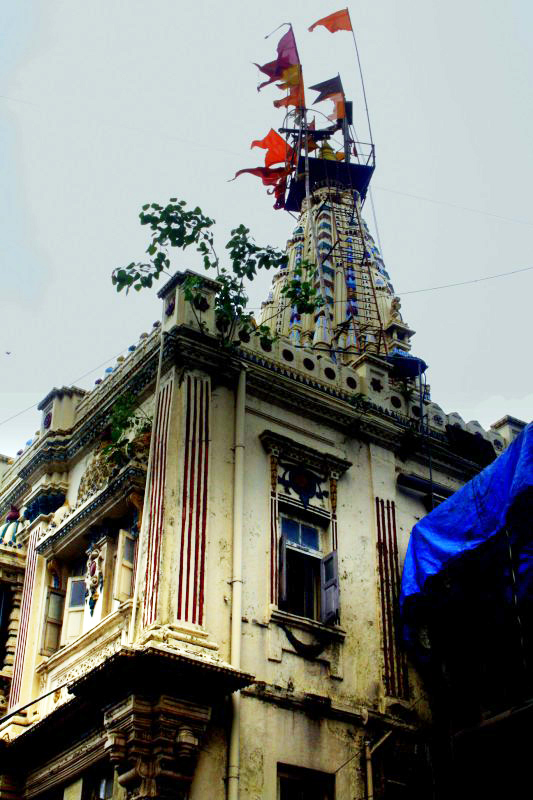|
T. R. Desai
T. R. Desai (1876-1914) was an Indian lawyer and author best known for writing books in Trust, Equity, Statute of limitations, Limitation, Easement, Government Tenders, Contract and Sale of Goods Act. He was the father of Justice S. T. Desai, Chief Justice of Gujarat and Senior Advocate, Supreme Court of India. Personal life Trikamlal Ranchodlal Desai was born in Bombay in the year 1876. He was the son of Ranchhodlal Kapurchand Desai, better known as Rai Bahadur Ranchodlal Desai, a lawyer practicing in the Bombay High Court. He came from a long line of lawyers. It was Ranchhodlal Desai with whom he wrote his first commentary on Government tenders. He was married to Mahalakshmiben and had one child, Sunderalal. His father, a lawyer and author like him was famous for one of the most comprehensive criminal law journals of the Bombay High Court in his time. Achievements T.R.Desai was offered the role of Judge in the Bombay High Court by the British Judges in 1914 at age of 39 years. ... [...More Info...] [...Related Items...] OR: [Wikipedia] [Google] [Baidu] |
Lawyer
A lawyer is a person who practices law. The role of a lawyer varies greatly across different legal jurisdictions. A lawyer can be classified as an advocate, attorney, barrister, canon lawyer, civil law notary, counsel, counselor, solicitor, legal executive, or public servant — with each role having different functions and privileges. Working as a lawyer generally involves the practical application of abstract legal theories and knowledge to solve specific problems. Some lawyers also work primarily in advancing the interests of the law and legal profession. Terminology Different legal jurisdictions have different requirements in the determination of who is recognized as being a lawyer. As a result, the meaning of the term "lawyer" may vary from place to place. Some jurisdictions have two types of lawyers, barrister and solicitors, while others fuse the two. A barrister (also known as an advocate or counselor in some jurisdictions) is a lawyer who typically special ... [...More Info...] [...Related Items...] OR: [Wikipedia] [Google] [Baidu] |
Statute Of Limitations
A statute of limitations, known in civil law systems as a prescriptive period, is a law passed by a legislative body to set the maximum time after an event within which legal proceedings may be initiated. ("Time for commencing proceedings") In most jurisdictions, such periods exist for both criminal law and civil law such as contract law and property law, though often under different names and with varying details. When the time which is specified in a statute of limitations runs out, a claim might no longer be filed or, if it is filed, it may be subject to dismissal if the defense against that claim is raised that the claim is time-barred as having been filed after the statutory limitations period. When a statute of limitations expires in a criminal case, the courts no longer have jurisdiction. Most common crimes that have statutes of limitations are distinguished from particularly serious crimes because the latter claims may be brought at any time. In civil law systems, s ... [...More Info...] [...Related Items...] OR: [Wikipedia] [Google] [Baidu] |
Easement
An easement is a nonpossessory right to use and/or enter onto the real property of another without possessing it. It is "best typified in the right of way which one landowner, A, may enjoy over the land of another, B". An easement is a property right and type of incorporeal property in itself at common law in most jurisdictions. An easement is similar to real covenants and equitable servitudes. In the United States, the Restatement (Third) of Property takes steps to merge these concepts as servitudes. Easements are helpful for providing access across two or more pieces of property, allowing individuals to access other properties or a resource, for example to fish in a privately owned pond or to have access to a public beach. The rights of an easement holder vary substantially among jurisdictions. Types Historically, common law courts would enforce only four types of easement: * Right-of-way (easements of way) * Easements of support (pertaining to excavations) * Easem ... [...More Info...] [...Related Items...] OR: [Wikipedia] [Google] [Baidu] |
Bombay
Mumbai (, ; also known as Bombay — the official name until 1995) is the capital city of the Indian state of Maharashtra and the '' de facto'' financial centre of India. According to the United Nations, as of 2018, Mumbai is the second-most populous city in India after Delhi and the eighth-most populous city in the world with a population of roughly 20 million (2 crore). As per the Indian government population census of 2011, Mumbai was the most populous city in India with an estimated city proper population of 12.5 million (1.25 crore) living under the Brihanmumbai Municipal Corporation. Mumbai is the centre of the Mumbai Metropolitan Region, the sixth most populous metropolitan area in the world with a population of over 23 million (2.3 crore). Mumbai lies on the Konkan coast on the west coast of India and has a deep natural harbour. In 2008, Mumbai was named an alpha world city. It has the highest number of millionaires and billionaires among al ... [...More Info...] [...Related Items...] OR: [Wikipedia] [Google] [Baidu] |
Bombay High Court
The High Court of Bombay is the high court of the states of Maharashtra and Goa in India, and the union territory of Dadra and Nagar Haveli and Daman and Diu. It is seated primarily at Mumbai (formerly known as Bombay), and is one of the oldest high courts in India. The High Court has regional branches at Nagpur and Aurangabad in Maharashtra and Panaji, the capital of Goa. The first Chief Justice, the Attorney General and Solicitor General of Independent India were from this court. Since India's Independence, 22 judges from this court have been elevated to the Supreme Court and 8 have been appointed to the office of Chief Justice of India. The court has Original Jurisdiction in addition to its Appellate. Judgements issued by this court can be appealed ''only'' to the Supreme Court of India. The Bombay High Court has a sanctioned strength of 94 judges (71 permanent, 23 additional). The building is part of The Victorian and Art Deco Ensemble of Mumbai, which was added ... [...More Info...] [...Related Items...] OR: [Wikipedia] [Google] [Baidu] |
Ahmedabad
Ahmedabad ( ; Gujarati: Amdavad ) is the most populous city in the Indian state of Gujarat. It is the administrative headquarters of the Ahmedabad district and the seat of the Gujarat High Court. Ahmedabad's population of 5,570,585 (per the 2011 population census) makes it the fifth-most populous city in India, and the encompassing urban agglomeration population estimated at 6,357,693 is the seventh-most populous in India. Ahmedabad is located near the banks of the Sabarmati River, from the capital of Gujarat, Gandhinagar, also known as its twin city. Ahmedabad has emerged as an important economic and industrial hub in India. It is the second-largest producer of cotton in India, due to which it was known as the ' Manchester of India' along with Kanpur. Ahmedabad's stock exchange (before it was shut down in 2018) was the country's second oldest. Cricket is a popular sport in Ahmedabad; a newly built stadium, called Narendra Modi Stadium, at Motera can accommodate ... [...More Info...] [...Related Items...] OR: [Wikipedia] [Google] [Baidu] |
Indian Legal Writers
Indian or Indians may refer to: Peoples South Asia * Indian people, people of Indian nationality, or people who have an Indian ancestor ** Non-resident Indian, a citizen of India who has temporarily emigrated to another country * South Asian ethnic groups, referring to people of the Indian subcontinent, as well as the greater South Asia region prior to the 1947 partition of India * Anglo-Indians, people with mixed Indian and British ancestry, or people of British descent born or living in the Indian subcontinent * East Indians, a Christian community in India Europe * British Indians, British people of Indian origin The Americas * Indo-Canadians, Canadian people of Indian origin * Indian Americans, American people of Indian origin * Indigenous peoples of the Americas, the pre-Columbian inhabitants of the Americas and their descendants ** Plains Indians, the common name for the Native Americans who lived on the Great Plains of North America ** Native Americans in ... [...More Info...] [...Related Items...] OR: [Wikipedia] [Google] [Baidu] |
1876 Births
Events January–March * January 1 ** The Reichsbank opens in Berlin. ** The Bass Brewery Red Triangle becomes the world's first registered trademark symbol. * February 2 – The National League, National League of Professional Base Ball Clubs is formed at a meeting in Chicago; it replaces the National Association of Professional Base Ball Players. Morgan Bulkeley of the Hartford Dark Blues is selected as the league's first president. * February 2 – Third Carlist War – Battle of Montejurra: The new commander General Fernando Primo de Rivera marches on the remaining Carlist stronghold at Estella-Lizarra, Estella, where he meets a force of about 1,600 men under General Carlos Calderón, at nearby Montejurra. After a courageous and costly defence, Calderón is forced to withdraw. * February 14 – Alexander Graham Bell applies for a patent for the telephone, as does Elisha Gray. * February 19 – Third Carlist War: Government troops under General Pr ... [...More Info...] [...Related Items...] OR: [Wikipedia] [Google] [Baidu] |
1914 Deaths
This year saw the beginning of what became known as World War I, after Archduke Franz Ferdinand of Austria, heir to the Austrian throne was assassinated by Serbian nationalist Gavrilo Princip. It also saw the first airline to provide scheduled regular commercial passenger services with heavier-than-air aircraft, with the St. Petersburg–Tampa Airboat Line. Events January * January 1 – The St. Petersburg–Tampa Airboat Line in the United States starts services between St. Petersburg and Tampa, Florida, becoming the first airline to provide scheduled regular commercial passenger services with heavier-than-air aircraft, with Tony Jannus (the first federally-licensed pilot) conveying passengers in a Benoist XIV flying boat. Abram C. Pheil, mayor of St. Petersburg, is the first airline passenger, and over 3,000 people witness the first departure. * January 11 – The Sakurajima volcano in Japan begins to erupt, becoming effusive after a very large earthquake on ... [...More Info...] [...Related Items...] OR: [Wikipedia] [Google] [Baidu] |
19th-century Indian Lawyers
The 19th (nineteenth) century began on 1 January 1801 ( MDCCCI), and ended on 31 December 1900 ( MCM). The 19th century was the ninth century of the 2nd millennium. The 19th century was characterized by vast social upheaval. Slavery was abolished in much of Europe and the Americas. The First Industrial Revolution, though it began in the late 18th century, expanding beyond its British homeland for the first time during this century, particularly remaking the economies and societies of the Low Countries, the Rhineland, Northern Italy, and the Northeastern United States. A few decades later, the Second Industrial Revolution led to ever more massive urbanization and much higher levels of productivity, profit, and prosperity, a pattern that continued into the 20th century. The Islamic gunpowder empires fell into decline and European imperialism brought much of South Asia, Southeast Asia, and almost all of Africa under colonial rule. It was also marked by the collapse of the lar ... [...More Info...] [...Related Items...] OR: [Wikipedia] [Google] [Baidu] |





